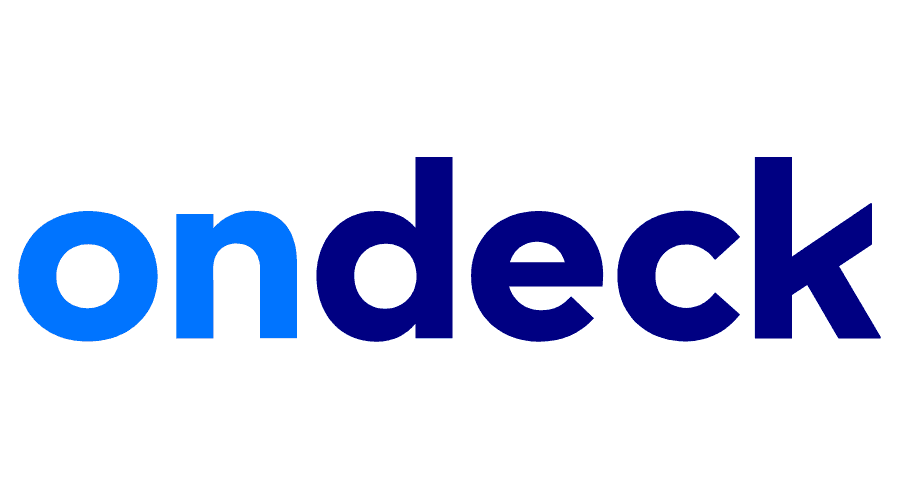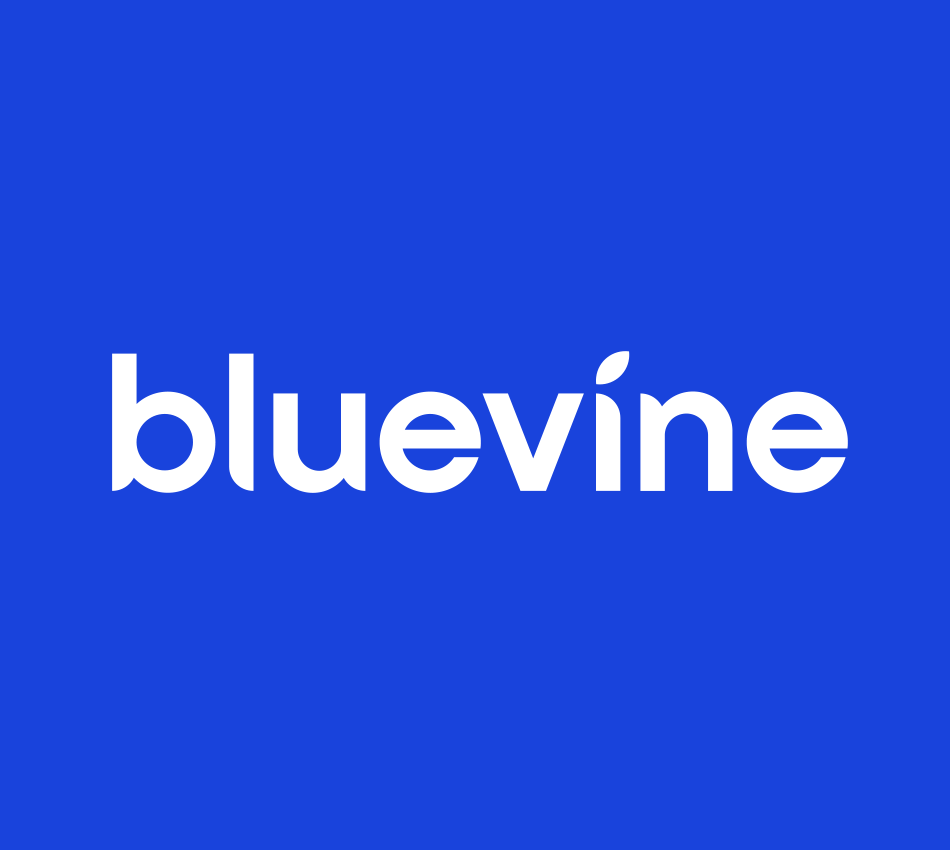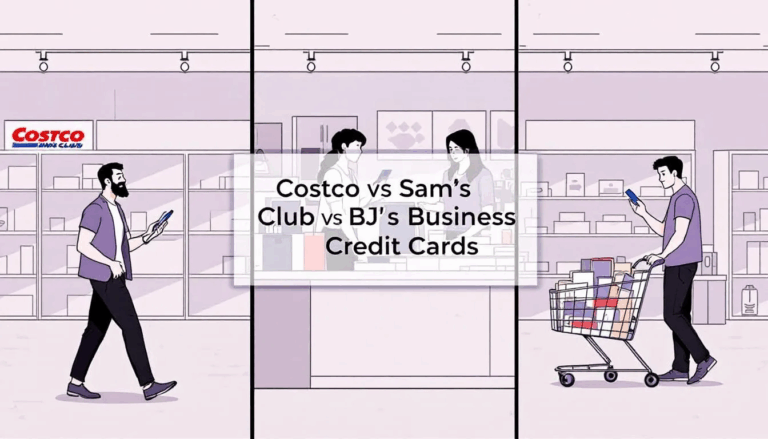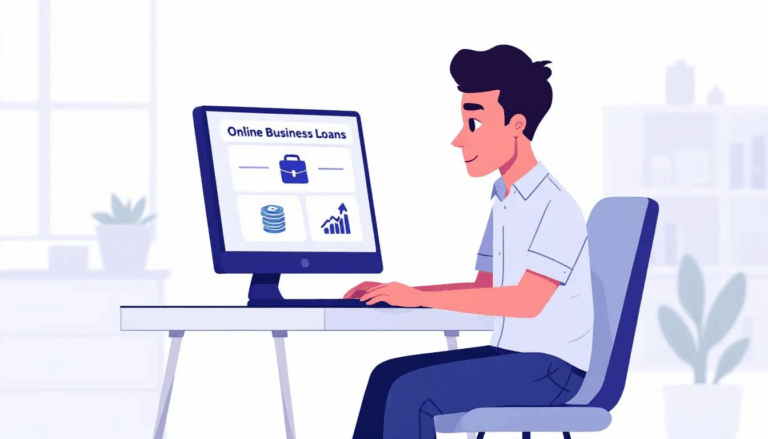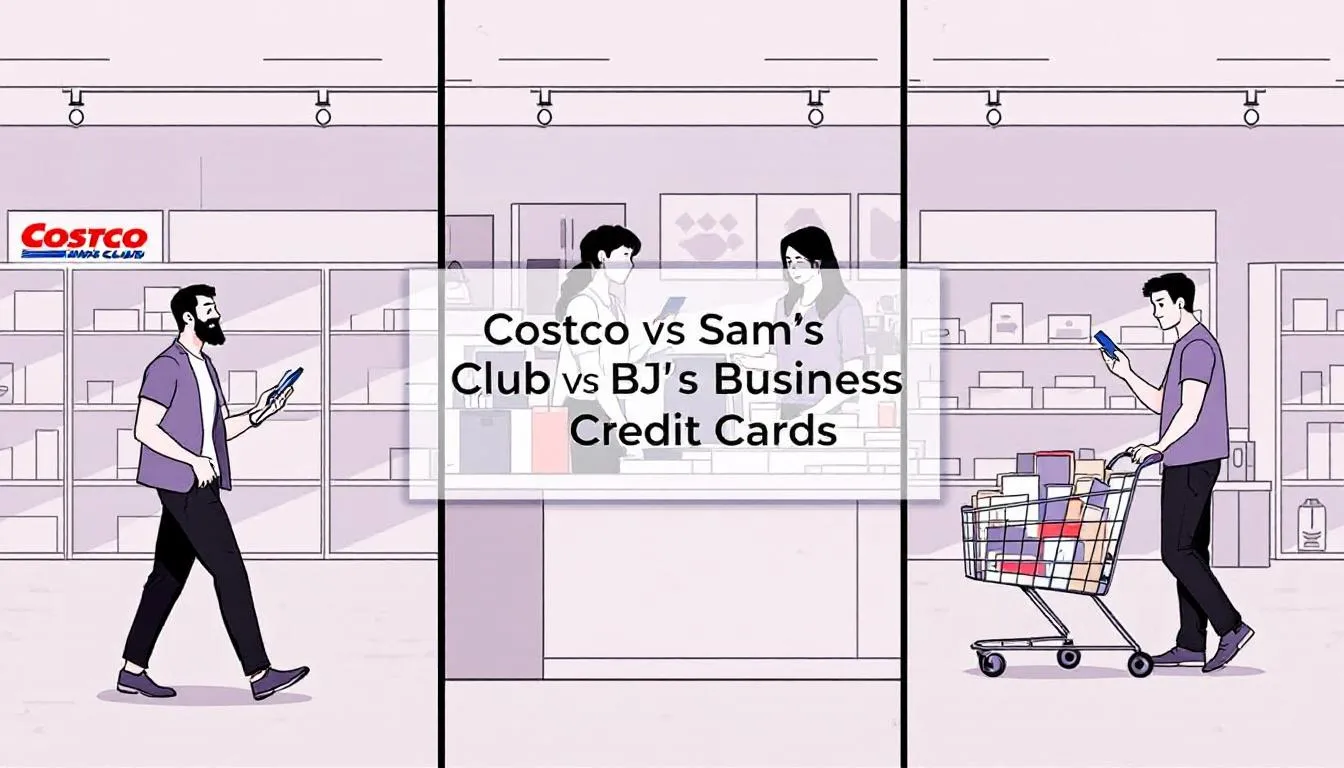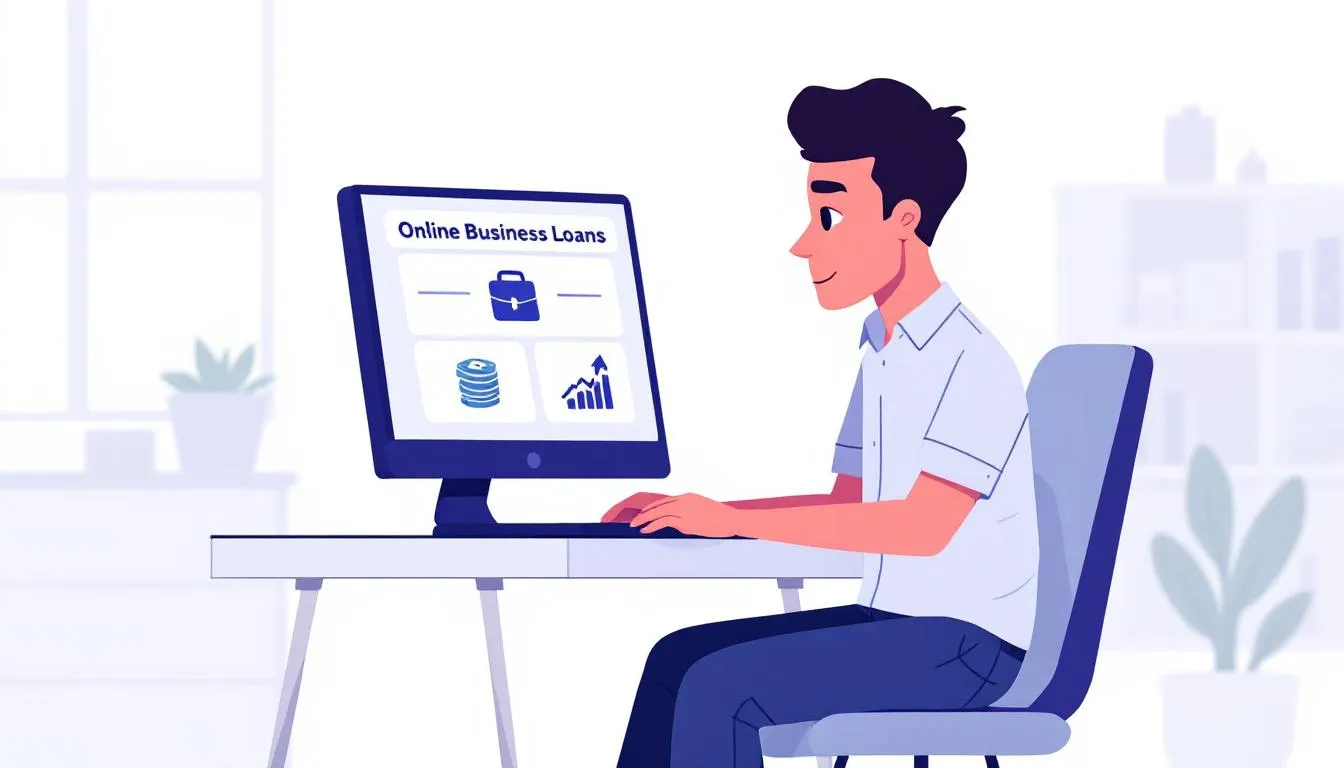What are Short-Term Business Loans?
A short-term business loan, also called a short-term commercial loan, refers to funding programs that quickly provide working capital to be repaid quickly. Lenders have different definitions for “short-term,” with some offering products that must be repaid in less than a year and others offering loans with terms of up to two years.
Short-term business loans can help increase annual revenue during growth periods. Borrowers of short-term business loans typically must pay off their total loan amount in less than 12 months. However, some lenders might go as long as three years.
Most short-term loans have an easy application process with a quick approval decision. Once approved, most have fast funding, typically 24-72 hours. Some lenders offer same-day business funding.
Another hallmark of short-term funding programs is that they’re more accessible for credit-challenged business owners. STL lenders typically accept lower credit scores and a shorter time in business than traditional business loan lenders.
The tradeoff for fast business funding is that short-term business loans are often more expensive, with higher interest rates and fees. In addition, they also require frequent repayment, usually daily or weekly.
The combination of high rates, frequent payments, and a brief repayment period could lead to high payments that strain your cash flow. However, you won’t carry the debt as long.
How do Short-Term Business Loans work?
There are several types of short-term business loans. Some short-term loans are unsecured, meaning they don’t require collateral. Others are asset-based loans, which do require business assets as collateral.
Short-term business loans can be used to cover payroll and hire staff. In addition, a short-term business loan can help cover urgent expenses such as invoices, equipment, or inventory.
A small business owner starts the process by applying to a lender or lending marketplace like UCS. You can then get matched to one or more short-term small business loan offers.
Some short-term loans use a standard interest rate, meaning your costs accumulate the longer you carry a balance. You might have a higher interest rate, but you don’t carry the debt as long, so the total interest you pay throughout the loan could be less than it would be with a long-term loan.
Lenders may use factor rates instead of interest rates for short-term business loans, impacting total repayment amounts. Factor rates are easy to calculate, but you can’t save money by paying it off early. Factor rates are expressed as decimals, usually between 1.05 and 1.50.
Multiply the borrowing amount by the factor rate to determine your payback amount. For example, if you borrowed $250,000 at a factor rate of 1.2, the formula is:
$250,000 x 1.2 = $300,000. You’d pay a total of $50,000 to borrow $250,000.
Let’s look at the most common forms of short-term loan programs available through external funding partners.
Business Term Loans
- Loan amount: $10k – $10 million
- Factor rates: Starting at 1%-4% p/mo
- Term: 3 months – 5 years
- Speed: 1-3 business days
Note: The above features are for both short and medium-term loans.
Business term loans are traditional installment loans where a business receives a large loan disbursement, repaid with interest and fees. Most term loans use an APR and carry fixed monthly payments for the loan term.
The short-term version of this product operates similarly, but with a shorter repayment period. However, this could sometimes mean a lower borrowing amount, trading monthly payments for daily, weekly, or bi-weekly payments.
Business Lines of Credit
- Loan amount: $10k – $1 million
- Factor rates: Starting at 1% p/mo
- Term: Up to 36 months
- Speed: 1-3 business days
Business lines of credit (LOCs) are short-term financing that offers excellent flexibility. Instead of a single loan disbursement, your funds are activated as an available credit limit.
You can draw funds from your credit limit as needed. You only pay interest on the money you draw and never have to draw the total amount.
Once you repay what you took out, the credit limit replenishes, and your funds are available for the next time you need them. This is called revolving credit and works like a credit card.
The credit limit essentially gives you funding on demand. LOCs are excellent for ongoing projects, seasonal businesses, and covering unexpected costs.
Merchant Cash Advance
- Loan amount: $10k – $5 million
- Factor rates: Starting at 1%-6% p/mo
- Term: Up to 24 months
- Speed: 1-2 business days
A merchant cash advance (MCA) is a type of working capital loan that provides funding in the form of a lump sum of cash. The advance is repaid with a percentage of your future receivables. Merchant cash advances allow businesses to sell future income in exchange for immediate working capital.
MCA funders base your approval amount on your previous sales history and projected future sales. That’s because your sales are the primary source of repayment. Merchant cash advances often carry high annual percentage rates and can impact cash flow due to their repayment structure.
Most MCAs require daily payments, but some are weekly. In a traditional MCA, the repayment amount comes directly from your debit or credit card reader. However, many MCA companies are moving to a more reliable process of repayment where the funds are automatically debited from your business bank account via ACH transfer.
Accounts Receivable Factoring
- Loan amount: $10k – $25 million
- Factor rates: Starting at 1% p/mo
- Term: Up to 24 months
- Speed: 1-2 business weeks
Accounts receivable factoring converts your unpaid invoices into immediate working capital. Like an MCA, the process is technically a business-to-business transaction, not a loan.
Invoice factoring involves selling invoices to a third party for immediate cash, helping businesses get cash faster. Invoice factoring allows businesses to wait for receivables by providing upfront cash against outstanding invoices.
Companies that sell on credit deliver their products or services to a client and issue an invoice at a later date. The process is convenient and helps some companies attract more business.
However, delays between delivering the goods and receiving payment may cause critical cash flow interruptions. This process allows you to sell or “factor” those unpaid invoices to a third-party financial services business called a factoring company, thereby smoothing out cash flow gaps.
The factoring company issues funds based on the invoice’s value, called an advance rate. Most advance rates are between 75%-95%. The factoring company then owns the invoice and collects payment from your client.
The charge for the service is called the factor rate. Sometimes it’s also called a discount rate since the factoring company purchases the invoice at a discount in exchange for the advance.
Factor rates typically fall between 1%-5%. The charge is applied every term when the invoice goes unpaid. For example, if you factored a net-30 invoice at a 2% factor rate, the factoring company keeps 2% of the total amount every 30 days the invoice goes unpaid.
Once your clients pay their invoice, the factoring company releases the remaining amount minus its fees. Invoice factoring can be expensive, but you can mitigate your potential costs with well-qualified customers who pay off their debts on time.
Working Capital Loans
- Loan amount: $1k – $5 million.
- Factor rates: Starting at Prime + 2.75%.
- Term: 3 months – 10 years.
- Speed: 1-3 business days.
A working capital loan is designed to help businesses manage day‑to‑day operational expenses, such as payroll, inventory, rent, and marketing, especially during cash flow gaps or to seize time‑sensitive opportunities. Unlike long‑term loans, working capital financing is specifically geared toward maintaining smooth operations and funding short‑term needs. Working capital loans are suitable for businesses with steady revenue and those needing flexible, short-term funding.
What are the best Short-Term Business Loan lenders?
There are many lenders to consider for short-term business loans. Some traditional lenders, like banks and credit unions, can offer STLs, but alternative lenders are the primary source for these forms of business lending.
Advancements in financial technology (fintech) have made online lending a mainstay in business financing. There are dozens of alternative lenders to consider for your funding needs.
Here are our top small business lenders for short-term loans.
OnDeck
OnDeck is an online lender that offers business term loans and lines of credit. It’s easy to apply, and same-day funding is sometimes possible when borrowing less than $100k.
The lender’s business term loan goes up to $250k. Interest rates range from 29%-60%, although some users reported a higher interest rate. Terms go up to 24 months.
Its LOC provides funding up to $100k. Terms go up to 12 months. The lender is highly reputable, with excellent customer ratings. OnDeck is based in New York.
Bluevine
Bluevine is one of the most highly regarded online lenders available. The company enjoys glowing customer reviews.
Its main product is a business line of credit up to $250k. Business owners can get terms of six or 12 months. Bluevine offers low-interest business lines of credit to established businesses with funding available whenever needed.
The company used to offer invoice factoring but sold that division. It also offers an online business bank account option. BlueVine’s headquarters are in New Jersey.
Fundbox
Fundbox is an online lender that provides a line of credit up to $150k. Borrowers get repayment terms of either 12 or 24 weeks. One advantage that the lender offers is that it provides funding for startups. Fundbox’s headquarters are in California.
Who qualifies for a Short-Term Business Loan?
The qualifications for short-term loans largely depend on the type of loan you receive. Lenders consider your personal credit score, business credit, time in business, and annual revenue.
All lenders have specific requirements that applicants must meet to qualify for business loans, including revenue and credit score. Lenders often consider average monthly revenue. Many business lenders have minimum time-in-business requirements to approve applications for short-term financing.
Applying for a small business loan generally requires submitting documents like business bank statements and government-issued ID. Lenders often require financial statements as well.
Here are the minimum qualifications by loan type.
Term Loans
- Minimum credit score: 550+.
- Time in business: 6 months+.
- Annual revenue: $75k+.
Business Line of Credit
- Minimum credit score: 575+.
- Time in business: 1year+.
- Annual revenue: $75k+.
Merchant Cash Advance
- Minimum credit score: 550+.
- Time in business: 4 months+.
- Annual revenue: $120k+.
Invoice Factoring
- Credit score: 550+.
- Time in business: 1 year+.
- Annual revenue: $250k+.
What are the advantages of Short-Term Business Loans?
Your business only carries the debt for a short period. That makes it easier to take on a more advantageous business loan after paying off the short-term loan. In some cases, you can also boost your business credit score if you pay off the loan early.
Most short-term loans provide fast funding. This form of business funding is good when you have an urgent need.
Applying for a small business loan generally requires submitting documents like business bank statements and government-issued ID.
Eligibility requirements for short-term loans are much more lenient than traditional financing. You can typically get a short-term loan with a low credit score and less than a year in business.
What are the disadvantages of Short-Term Business Loans?
The tradeoff for the speed and convenience of short-term loans is the cost. Most STLs carry high-interest rates or factor rates. Merchant cash advances typically have higher annual percentage rates and fees than traditional business loans.
In addition, you might have to pay fees, like an origination fee. Some lenders have extra charges, like draw fees, for lines of credit. Depending on the loan type and lender, you might also have early payoff penalties.
These business loans also have frequent repayment schedules. Small businesses typically have to repay short-term loans on a daily or weekly schedule.
While most STLs don’t require collateral, some do. Even when collateral is not needed, you’ll typically have to sign a personal guarantee.
Pros & Cons
Here’s a quick summary of the benefits and drawbacks of short-term business loans.
Pros:
- Quick & easy online application process.
- Lower eligibility requirements.
- You can usually receive approval within 24 hours or sooner.
- Fast funding time once approved.
- Your business only carries the debt for a brief period.
- Most loans don’t require collateral.
- You could potentially build your business credit.
- Some lenders offer early payment discounts.
Cons:
- Potentially expensive loan costs with high interest or factor rates.
- Might have to pay additional fees.
- Some lenders charge early payoff penalties.
- Most loans require a personal guarantee.
- Frequent repayments, typically daily or weekly.
How to apply for a Short-Term Loan:
The application takes just a few minutes if you have the required information. Upon approval, funds can appear in your bank account in 1-3 business days. Here’s how to get started:
Step 1: Consider Your Financing Needs
Before you begin the process, take some time to ensure this is the right financing option for your needs. Will you be able to access your desired working capital amount? Will you be able to fulfill the repayment structure? Answering these questions ahead of time will ensure that you don’t run into liquidity issues when making payments.
Step 2: Gather Your Documents
The application requires the following documents and information:
- Driver’s license
- Voided business check
- Business bank statements from the past three months
Step 3: Fill Out the Application
You can begin the process by calling us or filling out our one-page online form. Either way, you’ll be asked to enter the information from the previous section along with your desired funding amount.
Step 4: Speak to a Representative
Once you apply, a representative will contact you to explain the repayment structure and rates of your available options. This way, you won’t have to worry about surprises or hidden fees during repayment.
Step 5: Receive Approval
If and when you’re approved, funds should appear in your bank account in 1-2 business days.
Frequently Asked Questions
Here are some of the most common questions about short-term business loans.
Can I get a Short-Term Business Loan with bad credit?
Yes, getting a short-term business loan with bad credit is possible. One of the main advantages of this form of financing is its accessibility for credit-challenged business owners.
Short-term loans are an excellent way to provide bridge financing while you build your credit to qualify for lower-cost long-term loans. Bad credit business loans tend to have higher costs, but you only carry the debt for a few months to two years.
When should businesses consider Short-Term Loans?
Deciding if a short-term business loan is the right decision depends on how your business operates and your funding needs.
Here are some situations where short-term business loans would be a good option.
Cash flow gaps: Some companies, like seasonal businesses, experience an occasional dip in revenue. A short-term loan is an excellent way to keep operations running during a slow period and stock up on needed supplies or inventory ahead of the busy season. Then, when business picks up, you can rapidly repay the short-term loan.
Time-sensitive business opportunities: As the saying goes, sometimes you need to “strike when the iron is hot.” Short-term loans can provide the capital to fund a time-sensitive opportunity since they provide quick applications with fast approval and funding times.
Covering emergency expenses: It’s a reality of life that emergencies sometimes occur. You might need to make sudden repairs, finance a product recall, or pay for emergency services. Short-term business loans can help you fund those unexpected costs.
When should businesses avoid Short-Term Loans?
Like all forms of financing, short-term loans come with some risks for you and your business. Here are some situations to avoid a short-term business loan.
Long-term cash flow issues: While STLs are an excellent way to cover temporary cash flow interruptions, they can’t solve long-term problems. If your business consistently struggles with cash flow, taking on new debt payments will only add to the issue. In these cases, it is more likely that there are operational issues that must be corrected.
Expensive Interest Rates: Short-term loans typically carry higher rates than traditional financing. For the most part, that extra cost is worth it because you’re solving an urgent funding need. However, there’s a difference between a high interest rate and one your business can’t afford. If the cost of financing becomes more than your cash flow can handle, you shouldn’t take on the debt.
Getting trapped in a cycle of debt: Taking on a short-term business loan as bridge financing or temporary debt is not a big deal. However, some of these loans can provide temporary relief only to become a cash flow burden that causes the same issues that prompted taking out the loan in the first place. Sometimes this can lead to a cycle of taking out loans to cover debt, never being able to catch up.
What are my alternatives to Short-Term Business Loans?
Small business owners can also apply for medium-term and long-term loans. These typically have lower interest rates and lower monthly payments.
However, keep in mind that the longer you carry a debt, the more total interest you’ll pay. Your business also reports that debt on its balance sheet as a liability.
Here are a few short-term business loan alternatives to consider.
SBA Loans
The US Small Business Administration (SBA) oversees the SBA loan program. It sets rules for lenders, caps interest rates, and partially guarantees the loans. These government-backed loans offer high borrowing amounts at low interest rates and extended repayment terms that start at five years and go up to 25 years. SBA loans have a large maximum loan amount of $5 million. Many consider SBA loans the gold standard of small business loans.
Equipment Financing
A business equipment loan allows companies to purchase expensive equipment on credit. These loans carry monthly payments and competitive rates with terms between one and seven years.
Traditional Term Loans
As mentioned, some short-term loans are a condensed version of a traditional business term loan, which is a conventional business loan. When most people think of business loans, they think of term loans.
With a small business term loan, you receive a one-time lump sum of cash, which you repay with interest and fees in fixed monthly payments. Term loans are fully amortized, meaning you pay the same amount every month until the loan is paid in full.
Business Credit Cards
Business credit cards offer a flexible way to cover short-term expenses while building business credit. They function as revolving lines of credit, allowing you to borrow as needed and repay on a monthly cycle. Many cards come with rewards programs, expense tracking tools, and employee card options. While they’re fast and easy to obtain, often with instant approval, most require a personal guarantee and have high interest rates if balances are carried month-to-month. They’re best for everyday purchases, not significant investments. It’s essential to pay off the outstanding balance each month to avoid high interest charges.
Personal Loans
Personal loans can be used to fund business expenses when traditional business financing isn’t available. These loans are based on your personal credit and income—not your business’s financials—and typically offer fixed interest rates and predictable monthly payments. Approval is usually quick, but you’re personally liable for repayment. While not ideal for ongoing business funding, they may be helpful for startups or emergency expenses when business credit is limited.
Short-Term Business Loans – Final Thoughts
Short-term business loans are an excellent option when you have an urgent funding need. You can get approved even if you have a low credit score and less than a year in business.
But you must be prepared for the higher cost of short-term business financing. These loans can be advantageous in many ways if you can afford repayment. Many small businesses utilize these loans as bridge financing during periods of low demand or while establishing their credit scores and business experience, enabling them to qualify for more affordable traditional business financing options.
Contact us if you have more questions on short-term loans or want to apply for a small business loan. Our loan executives can help you find the best funding program for your business needs.




